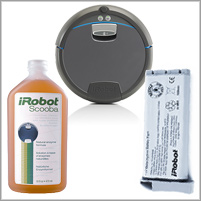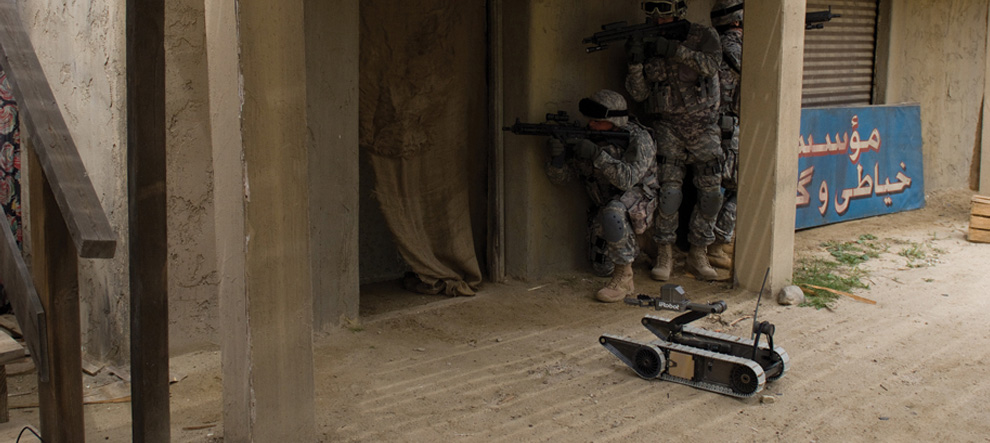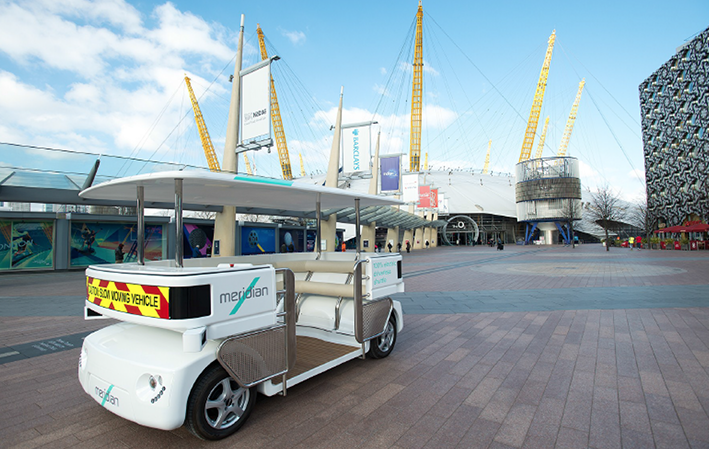Defence contractor iRobot is turning minesweepers into vacuum cleaners

As the US defence budget is cut and troop withdrawal continues from Iraq and Afghanistan plans to expand the Army’s ambitious programme of roboticisation looks set to freeze. Reuters reports that the 2015 spending plan calls for the Army to shrink to between 440,000 and 450,000 soldiers, the smallest number of troops since before the Second World War. The Army currently has about 520,000 soldiers and had been in the process of slimming to 490,000 under previous plans.So defence contractors are looking for new markets.
Bomb disposal
For example, iRobot has supplied the US Army with a range of smart battlefield machines, including the SUGV (Small Unmanned Ground Vehicle, pictured above) which is equipped with camera and sensors to check out suspicious vehicles that may be booby-trapped and to find and destroy Improvised Explosive Devices (roadside bombs).The company also manufactures a smaller robot called First Look for similar situations, the PackBot bomb disposal machine and the and the Warrior for heavy lifting.Now the same technology that operates in the battlefield is being applied to household chores such as vacuuming and mopping floors.

Co-founder and CEO of iRobot Colin Angle tells FI editor Peter Warren that the machines’ ability to scan, map and identify substances make them particularly well suited to domestic cleaning.
The Roomba robotic vacuum cleaner and Scooba scrubbing machines are already selling well in the USA and Mexico and have now launched in Europe. both machines are autonomous. They are stored in a docking station and can be programmed to perform cleaning tasks at certain times of the day – for example, when everyone is out at work or school.
Early adopters report that the Roomba does a thorough job of cleaning, since it maps the surface to be cleaned, logging any obstacles and uses its on-board microphone and electronic eyes to listen and watch for dirt particles. PR executive Cheryl King found the original Roomba rather noisy and had to help it negotiate the furniture in the smaller apartment where she used to live. now in a more spacious home, with the latest version, she is happy with her Roomba and has named it Fred. She enjoys the fact that she can come home to a clean apartment. ‘Fred’s’ cousin Scooba – the floor scrubber – is programmed to make human-sounding noises to indicate that it needs attention. “Eeh” means its cliff sensors are not working and “uh-oh” indicates that one of its wheels is off the floor or the bumper is stuck.

Virtual Wall
At his home in Prague, Czech republic, Tom Karlik finds his robotic vacuum cleaner less endearing and has not given it a name – at least, not one that is repeatable. “My children hate it” says the father of two school-age daughters. “They hate it so much that they built a wall out of Lego – a sort of Berlin wall – to keep the roomba out of their play area.” However the children need not have bothered to build a wall because iRobot’s technologists have designed a gadget that emits an ultra-sonic beam to act as a virtual wall, keeping the vacuum cleaner out of places that do not need cleaning or should not be disturbed.
Dog mess
The next problem for the tech people to solve has been flagged up on the customer support forum. If a pet poos on the floor the roomba will treat the faeces as an ordinary piece of dirt and perform its methodical spiraling and sucking action until it has been removed. This can result in the mess being smeared around rather than cleaned up.
Troubleshooting this problem must surely be high on the to-do list for CEO Colin Angle, who has been passionate about robots since he was a boy. It may also feed back in to the military agenda, since organic matter is a feature of the battlespace and smart machines need to be able to identify everything.
Editor’s Comment

FI editor Peter Warren believes that the switch from warfare to the home front will not interrupt planning for roboticising the US armed services, but will allow governments to cut costs whilst turning our homes into a testbed. “It’s a cynical move in some ways” says Warren, “As the Internet of Things rolls out across civilian life, everything we do and all our household appliances will be logged online.
“They will be capable of being hacked and turned into weapons. It is a serious issue and it has become a topic of debate at Chatham House a couple of weeks ago delegates were pointing out that commercial robots had the potential to be able to carry out many of the tasks that these military robots have been built to perform and that it is not difficult to put a web cam on a vacuum cleaner and come up with something that is similar to the systems above.
“The wars of the future will almost certainly be fought with software that takes over infrastructure and machines. Rather than ‘beating the swords into ploughshares’ as it says in the Bible they are making the ploughshares – and everything else – into tools for controlling populations and degrading infrastructure. When that happens they won’t need soldiers any more – neither human nor robots. It is a situation we should be concerned about and that we should debate”






